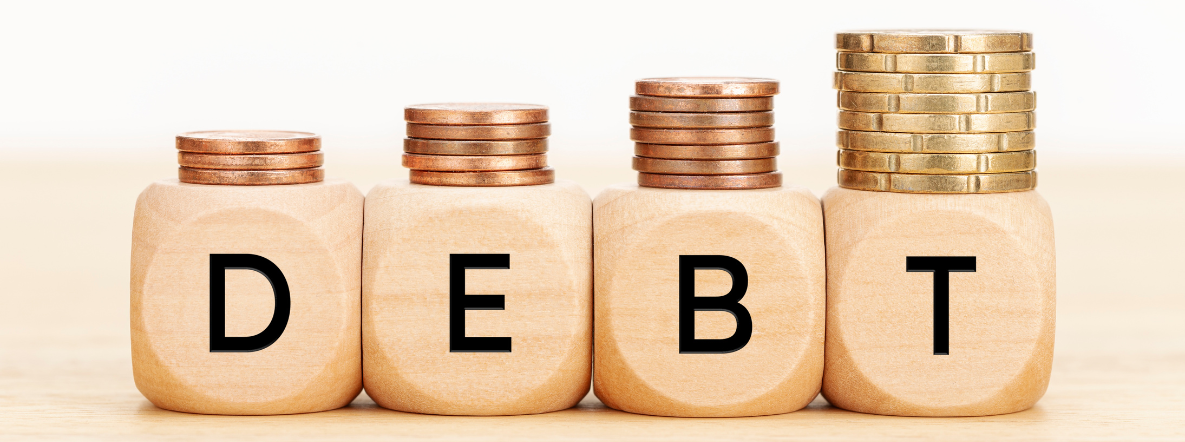The debt problem of LICs: Plenty of blame to go around
06 Mar 2023
Opinion: Barry Eichengreen and Poonam Gupta
There is plenty of blame to go around for the current debt situation. Debtor countries that borrowed unsustainably; large creditor countries, especially China, and private creditors, who lent recklessly on opaque and unfair terms; and multilateral organisations that failed to monitor and warn of the unsustainable amount of debts being raised, are all to be blamed.
In their recently concluded meeting in Bengaluru, India, G20 Finance Ministers and Central Bank Governors identified debt vulnerability in low- and middle-income countries as an urgent issue to be addressed.
As per the joint debt sustainability assessment by the IMF and the World Bank published in November 2022, more than half of the 70 Low-income Countries (LICs) are either in debt distress or face a high risk of experiencing that condition. The average debt burden of countries in distress was a staggering 90 per cent of GDP in 2019, increasing further by almost ten percentage points of GDP in 2021.
Countries in distress have raised nearly half of their total public debt externally. In 2019, external public debt raised by LICs totalled $340 billion. Of this, about half was owed to multilateral institutions, a third to bilateral creditors (predominantly G20 countries), and the rest to the private sector. China is by far the single largest bilateral creditor, accounting for half of all the bilateral debt extended by G20 countries.
There is plenty of blame to go around for the current debt situation. Debtor countries that borrowed unsustainably; large creditor countries, especially China, and private creditors, who lent recklessly on opaque and unfair terms; and multilateral organisations that failed to monitor and warn of the unsustainable amount of debts being raised, are all to be blamed.
“The Common Framework for Debt Treatments”, agreed upon by the G20 in November 2020, was intended to expedite necessary debt restructurings, including by bringing the Chinese government and private creditors to the table. Yet more than two years later, only three countries, i.e., Chad, Ethiopia, and Zambia, have applied for relief through the Framework, and no material relief has been extended as yet.
Ways therefore need to be found to both chip away at the current stock of debt, while simultaneously ensuring that future debt is raised in responsible ways.
The World Bank and IMF have suggested that distressed debtors seeking relief under the Common Framework should receive statutory protection from asset seizures by national courts when suspending debt service payments. This will help to relieve immediate debt distress and encourage more countries to apply for relief. Such protection needs to be implemented by creditor-country governments through legislation or an executive order. The G20 can adopt a resolution to this effect.
Efforts to restructure problem debts tend to be stymied by lack of complete information on the debtors and creditors. Further, the increasingly diverse and fragmented nature of the creditor base heightens free-rider problems and complicates debt restructuring. In 2021, the OECD launched a “Debt Transparency Initiative” encouraging private creditors to provide comprehensive information on their loans and investments, but few private creditors have hitherto participated. G20 governments can make this a regulatory requirement.
In addition, future debt raised by LICs should be derisked. This can be done by the wider inclusion of collective action clauses in sovereign bond contracts.
The G20 countries, for their part, should include climate-resilient debt clauses in their own bilateral, regional and multilateral lending to climate-sensitive LICs in order to deepen the market and reduce adverse signalling. They could use regulation to persuade and incentivise private creditors to do likewise, and subsidise the interest premium for such contingent lending through multilateral institutions. A standard template for such bonds will pave the way for a more homogenous liquid market and reduce the transactions cost of issuance.
Many low-and middle-income countries have no choice but to borrow in foreign currencies, which exposes them to financial risk and economic dislocation from exchange-rate volatility. Hedging instruments at the relevant maturities and affordable cost would help to mitigate these dangers. Developing such markets for additional countries and currencies would be a significant step toward reducing financial fragility. A G20 agreement to provide the funding needed to scale up hedging significantly would help to address the currency mismatch problem causing financial fragility.
Multilateral institutions ought to do more timely and effective debt assessments under realistic scenarios. Although it may be hard to predict a once-in-a-century pandemic and its after-effects, other risks can be modelled, including those to growth, interest rates, commodity prices, or exchange rates. Building local capacity for preparing countries’ own debt assessment tools would be useful as well.
Debtors as well as creditors have responsibility here as well. Countries seeking debt relief also need to be held accountable. It would be fair to all concerned to call out the serial seekers of debt relief. But the ball is now in the creditors’ court. Collective ownership of the problem by China, multilateral agencies, the private sector, and the debtor countries themselves, and a holistic solution will ensure faster debt restructuring and better debt sustainability.
Published in: The Economic Times, 06 Mar 2023






